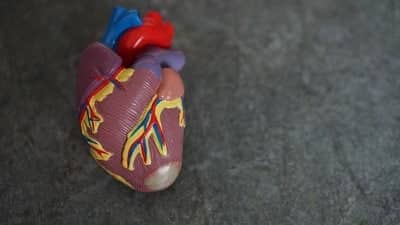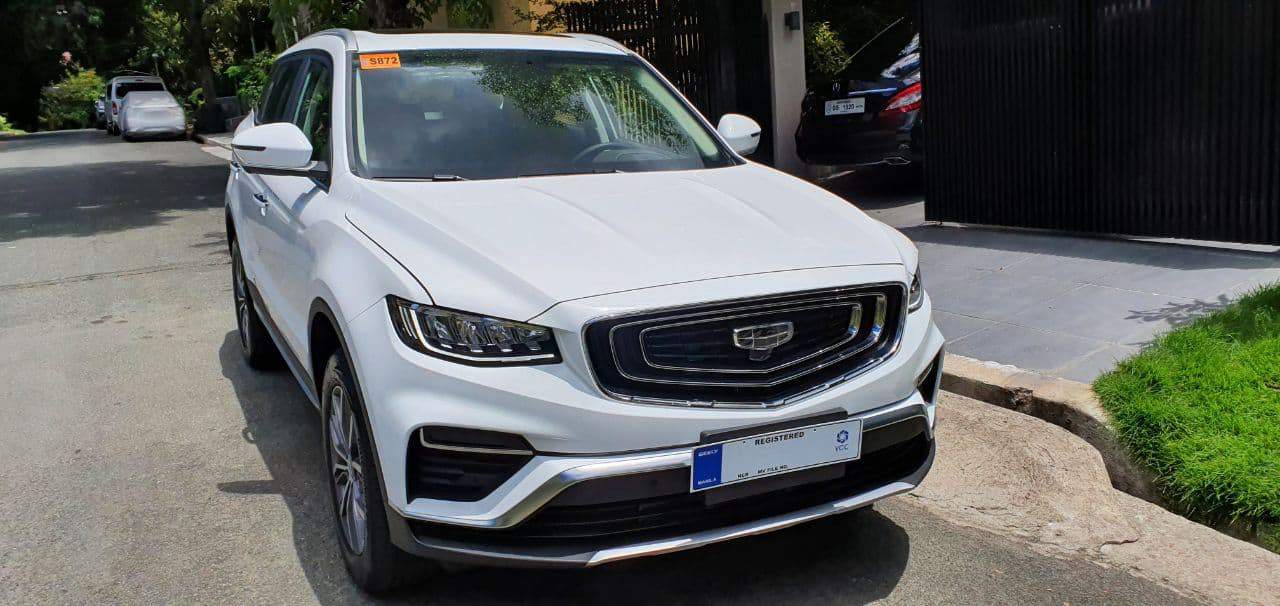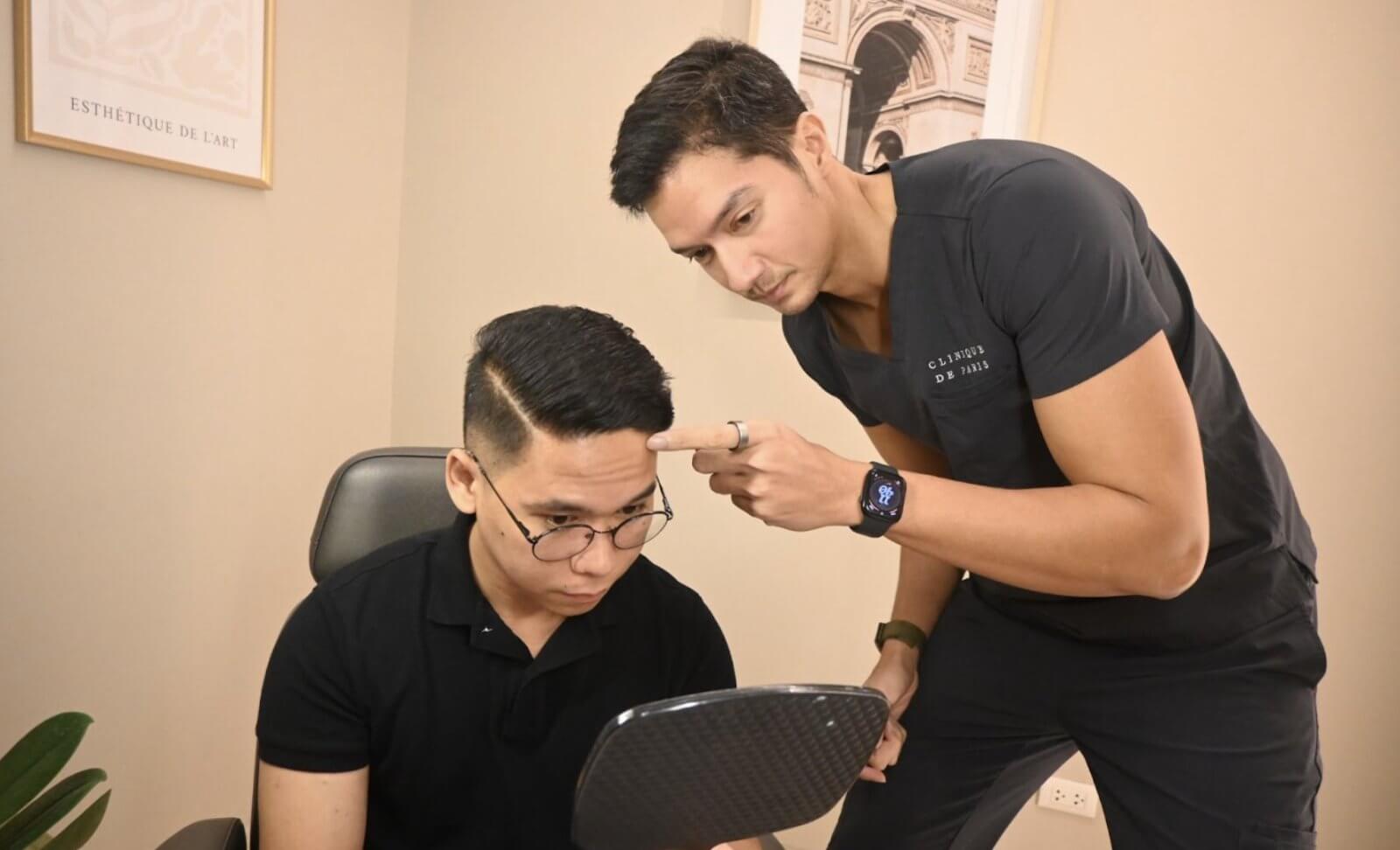If you’ve ever watched that Disney movie that showed 101 spotted pups, then you’re already familiar with the Dalmatian. Dalmatians are large, muscular dogs whose origins can be traced back to Dalmatia, one of Croatia’s five historical regions. They were used as dogs of war and were responsible for guarding city borders. They were also used as carriage dogs during earlier times and were considered to be status symbols. Today, most dalmatians have become family pets and are frequently entered in dog shows. They are also widely recognized as firehouse dogs.
Appearance
The most remarkable feature of this dog breed is their spots, which are usually black or liver in color and are scattered around their white fur. While black and liver are their spots’ two most common shades but there are dalmatians that can be seen having tan, dark brown, light gray, and bluish gray. Pups are born with an all-white coat and they develop their spots within ten days of being born. These dogs typically grow to about 19 to 23 inches in height and are slender in build. They draw their shoulders back when they sit and walk, giving them a regal appearance.
Personality
Dalmatians are highly intelligent and make excellent watchdogs and guard dogs. They are also extremely loyal to their families and enjoy energetic play. However, dalmatians are not amiable towards strangers and could even be aggressive towards other dogs. They can be trained to be more sociable but they are at their best when they are with people who are familiar to them.
Health & Care
Being incredibly energetic, dalmatians need a lot of play time in order to have an outlet for all of their energy. They need a large space in order to be able to roam around freely, so they make good pets for families with huge yards. Even though their coat is very short, they shed frequently. This can be fixed with frequent grooming and brushing.
Although these dogs make excellent companions, they require patience throughout their lifespan. Dalmatians are genetically predisposed to deafness and may also suffer from hip dysplasia and hyperuricemia as they grow older.
























